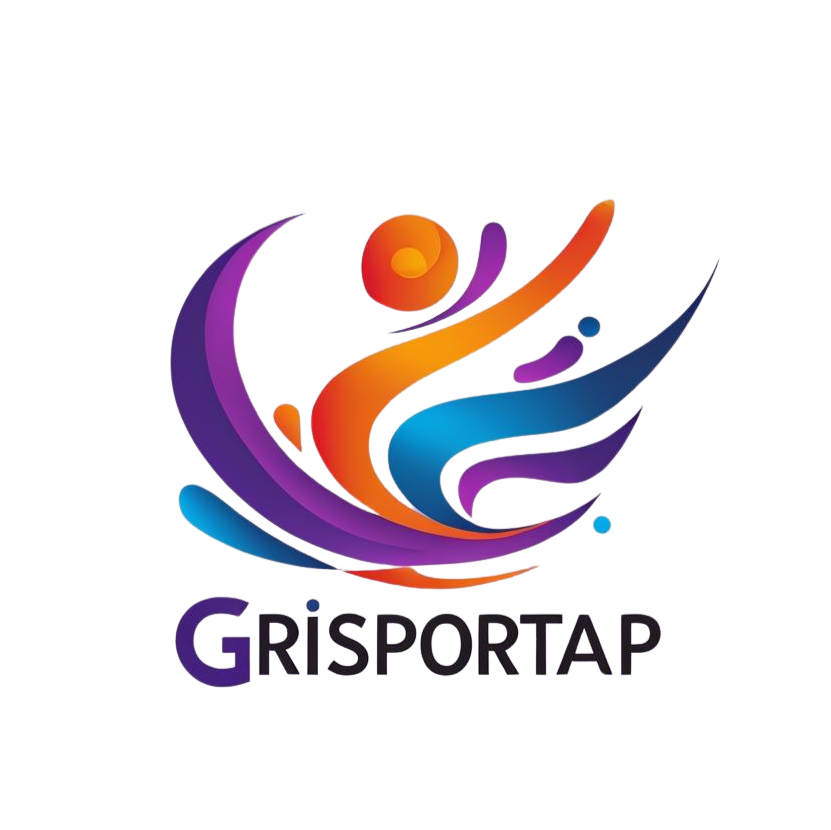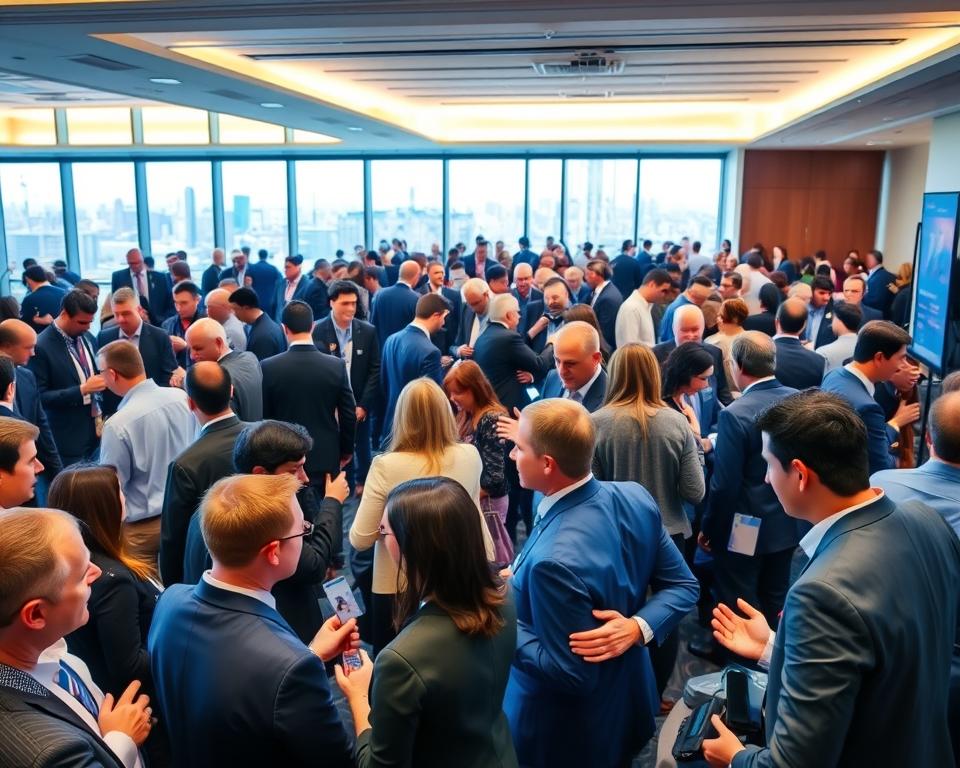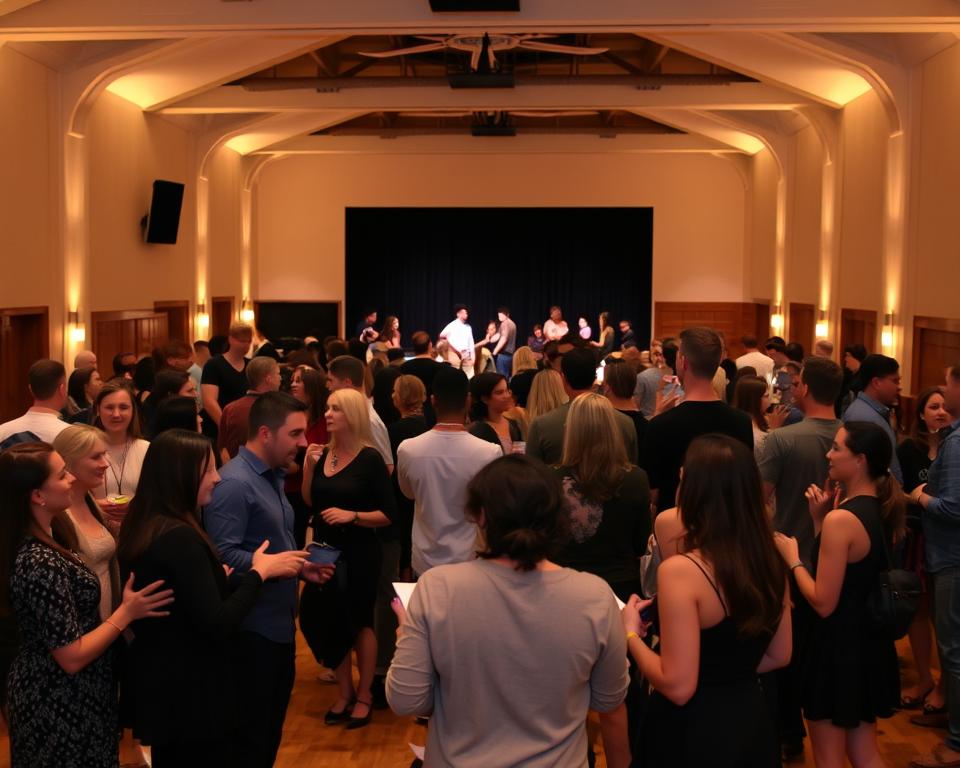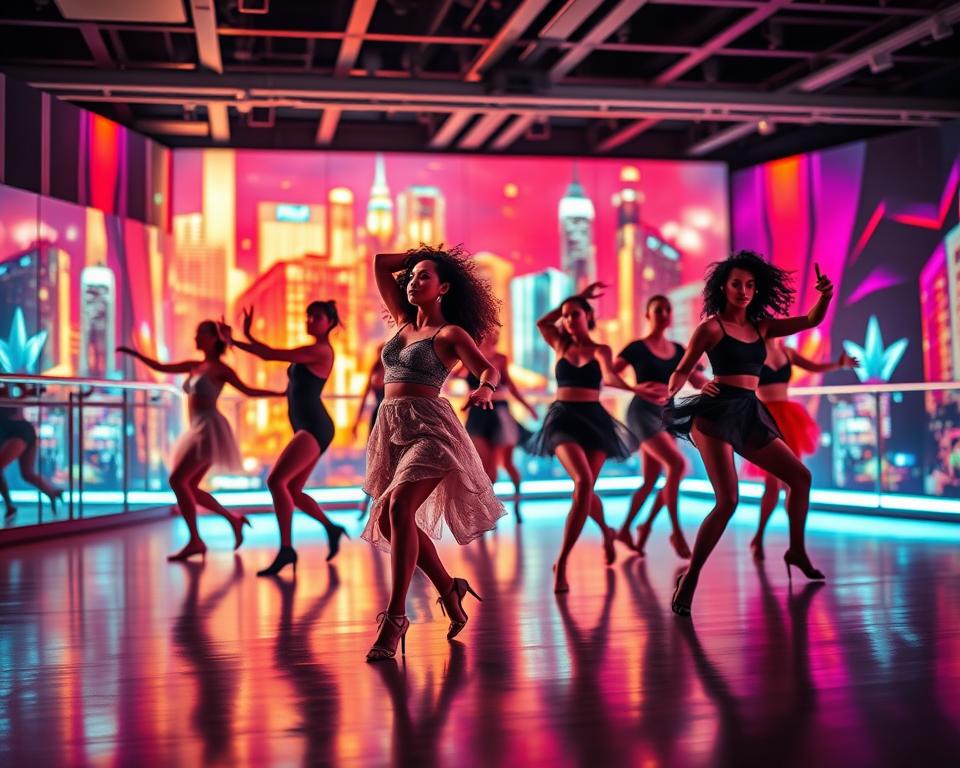Can one season change how you see live performance and community?
This year brings wide stages, fresh premieres, and hands-on moments that invite you in. Major shows in New York and regional hubs open the world of movement. You can plan around headline events, new commissions, and affordable ticket models that lower barriers.
You’ll learn how a curated program deepens your experience and how to read schedules, pick seats, and avoid extra fees. Pre-show lessons and community-focused offerings let you connect with artists and learn directly from company leaders.
Expect practical tips for travel and smart planning so you enjoy the atmosphere without stress. Take this as an invitation to explore, support creators responsibly, and keep learning about the evolving arts scene this year.
Why dance festivals 2025 matter for your calendar
Festival windows compress a global program into a few dates, so you can see more artists in less time.
These concentrated events bring companies, programs, and creators together. That makes it easy for you to compare styles, learn what you prefer, and attend premieres that shape the field.
You’ll find practical access models—like Fall for Dance’s long-standing $30 tickets—that lower barriers and fund new commissions.
“Access and audience building since 2004”
Bates Dance Festival shows how training and performance combine to help emerging artists and youth programs grow. When you attend, you support artists directly and strengthen regional venues.
- Connect with people who share your interests and build lasting community ties.
- Stretch your tastes by sampling multiple styles in one night.
- Use pre-show talks and classes to deepen your understanding of craft.
Festival spotlights: stages, schedules, and what’s new
Here are the headline stages, clear schedule notes, and fresh commissions worth marking on your calendar.
New York City Center: Fall for Dance, Sep 16–27
Key time details: nightly shows at 7:30 pm; Sun Sep 21 at 2 pm. All seats are $30 at the box office (fees included). Online or phone adds a $10 fee.
Programs span Robbins’ Robbins’ Afternoon of a Faun to Akram Khan’s Dust. Two new commissions — Roderick George’s The Missing Fruit (Part I) and Clara Furey’s Dog Rising — debut in rotation.
Nō Studios, Milwaukee — Aug 2
One-night showcase pairs Ailey II with local and regional companies. Expect Madison Ballet, House of Jit, Chicago Dance Crash, Visceral Dance, and more. The lineup highlights range across street, contemporary, and ballet voices.
Bates Dance Festival: community and training
Bates remains a hub for growth. Faculty testimonials and alumni note how training, youth programs, and audience engagement shape careers and local arts networks.
- Plan your schedule: Fall for Dance’s run makes stacking shows easy.
- Buy tickets smart: choose box office savings or online convenience.
- Pick programs: balance classics, premieres, and company favorites to match your taste.
“Casting and programming are subject to change.”
dance festivals 2025: trends shaping your experience
Expect a larger international presence, more premieres, and smarter ticketing to shape your festival experience.
International lineups return at scale
International lineups return at scale
The presenter of Fall for Dance calls this run the most international since the pandemic, with companies from Germany, Argentina, France, the Netherlands, and leading American ensembles. This wider cast restores a true world perspective that affects how you compare styles and select performances.
Commissions and premieres drive discovery
New works by Roderick George and Clara Furey continue a post-2011 pattern of investing in choreographic risk. Premieres anchor programs and give you first sight of voices shaping american dance.
Community access and pricing innovations
Community access and pricing innovations
Box office $30 seats with clear fee rules help lower barriers. These access models boost attendance and long-term support for artists and venues.
- You see cross-genre nights programmed by artistic directors that widen your range in one evening.
- Presenters add pre-show classes and post-show talks so you learn directly from creators.
- Announcements often cited in the york times and major outlets help you spot can’t-miss premieres early.
“Access and audience building since 2004”
Plan early for popular programs, check seat maps, and favor transparent policies when you buy tickets. That way you enjoy rich programs while supporting the artists and communities that keep the field vibrant.
Artists and styles to watch in 2025
Look for several artists this season who bridge street practice and theater settings, bringing new vocabularies to big houses.
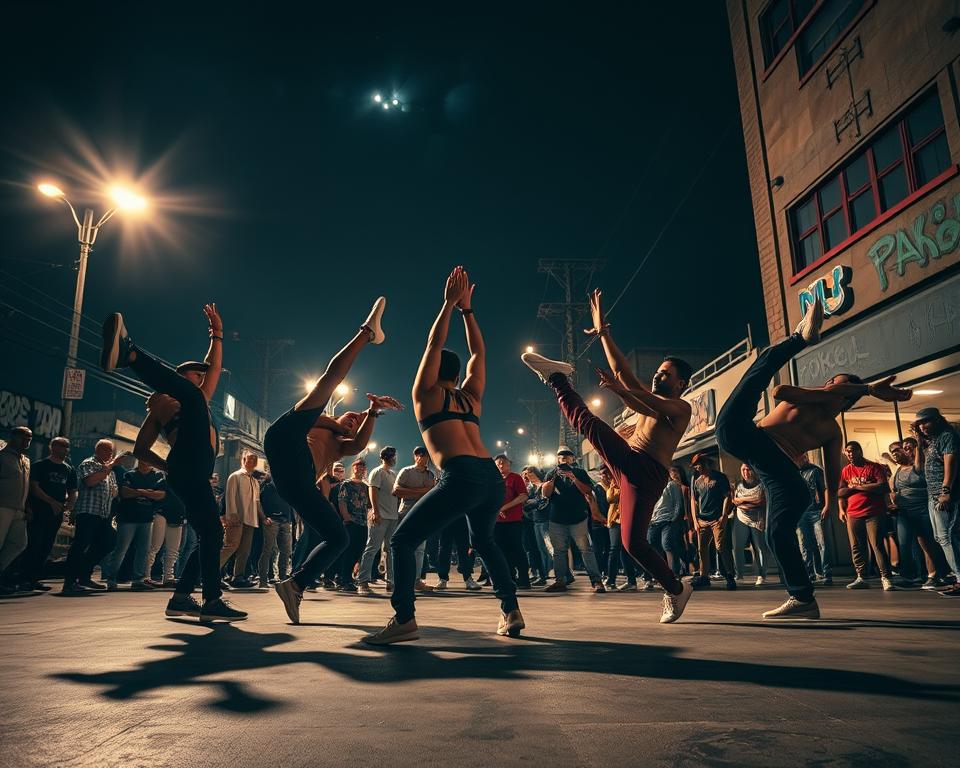
Street jookin, tap, and concert hall crossover
Lil Buck’s Memphis jookin work with Davóne Tines and groups like Chicago Dance Crash show how street dance moves to formal programs. You’ll also see tap solos such as Dario Natarelli’s piece giving rhythm a starring role on large stages.
Ballet and neoclassical excellence
Expect Stuttgart Ballet’s Hans van Manen repertory and Robbins’ neoclassical clarity performed by Paris Opera Ballet stars. Contemporary ballet names like Akram Khan and Dutch National Ballet guests add hybrid vocabulary to the bill.
Contemporary and postmodern signatures
Lucinda Childs’ repetitive geometries and companies like Ballet BC, Clara Furey, and Bobbi Jene Smith & Or Schraiber push form and storytelling. Ailey II in Milwaukee and repertory linked to alvin ailey american companies let you trace the ailey american dance lineage across programs.
“You’ll notice how dancers move between studio roots and the demands of the stage.”
- Compare choreographers to refine your taste.
- Balance familiar works with new premieres when you plan your watchlist.
- Use a dance theater lens to read space, timing, and partnering choices.
Planning your trip, tickets, and schedule
Start with ticket rules and venue policies so you avoid surprise fees and missed events.
How to get tickets and understand fees
Buy at the box office when you can: Fall for Dance keeps all seats at $30 there. Online or phone orders add a $10 fee per order ($3 facility + $7 handling).
Bring confirmations. Keep ticket numbers and any phone purchase details handy to speed entry.
Travel tips for New York and regional hubs
Confirm the exact schedule and time before you go, especially matinees. Plan transit and dining near City Center and leave extra time for pre-show classes.
Add Milwaukee to your summer itinerary for Nō Studios’ one-day format. Book a central hotel and check parking near the venue.
Accessibility, ages, and community events
Use official venue pages or send an email to confirm accessibility, assisted listening, and seating options.
- Check ages guidance for family plans.
- Arrive early for community lessons with an artistic director or teaching artists; space is limited and doors close 45 minutes before show.
- Look for dance theater residencies, open rehearsals, and museum stops to round out your trip.
“Confirm details directly with venues and bring patience — schedules and classes fill fast.”
Technology, marketing, and industry insights for festival-goers and artists
Smart tools and clear messaging help creators turn rehearsals into searchable content that reaches curious audiences today.
Creator-led promotion and community marketing
Share short process clips, Q&As with an artistic director, and class takeaways to humanize events and invite people in.
Coordinate with presenters by email or phone before you record. Confirm approved zones, photo policies, and credit rules.
- Highlight workshops that mix american dance and street dance to tell community stories.
- Schedule posts around ticket on-sales and peak interest to boost real-time experience.
- Repurpose long notes into quick New York guides and link to official venue pages.
Hybrid content, rights, and responsible sharing
Use licensed tracks, house audio, or royalty-free music to avoid takedowns and respect creators.
Caption posts, add alt text, and tag artists and presenters correctly to improve access and discovery.
- Respect union and presenter rules; limit recording inside theaters and focus on lobbies and classes.
- Measure responses ethically, prioritize community building, and invite feedback that helps you improve.
Buy tickets, donate when you can, and amplify official campaigns to genuinely support artists and venues.
Conclusion
Make a simple plan to see premieres, take a class, and visit both large houses and local venues.
Choose programs that fit your taste and budget so you enjoy summer events in New York or a regional city without stress. Fall for Dance offers international programming, low box-office pricing, and community classes, and the Alvin Ailey American Dance Theater appears later in the year at City Center (Dec 3, 2025–Jan 4, 2026).
Use press notes and york times coverage to guide discovery. Honor the legacy of alvin ailey and the ailey american community by supporting artists and attending classes when ages and access fit your group.
Share dates, travel tips, and ticket advice responsibly. Stay curious, ask presenters and teachers for guidance, and let each season and these years shape your map of ballet, contemporary, and world work.
